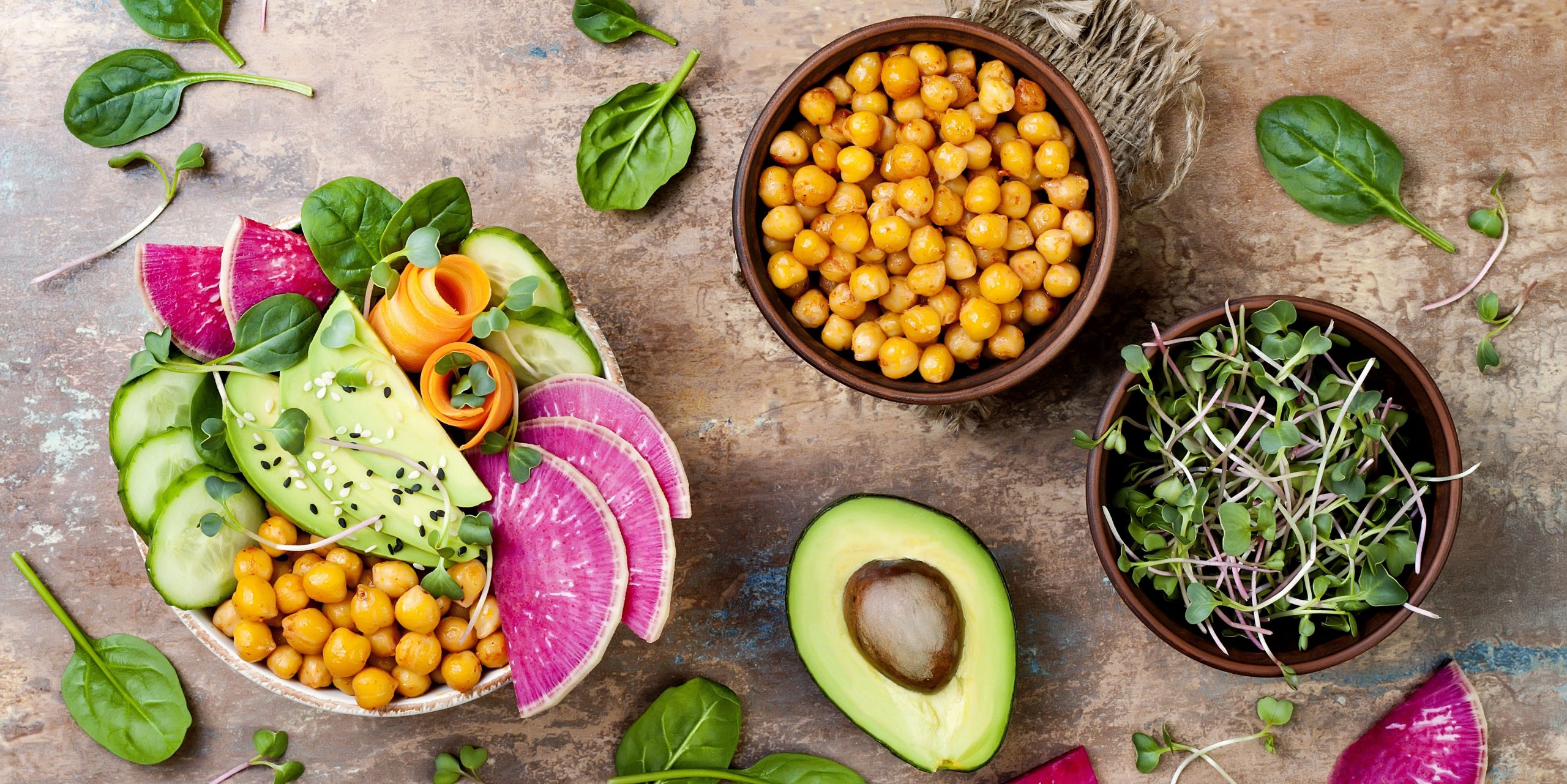The vegan diet consists abstaining from eating any byproducts of animals such as eggs, milk, or cheese and avoiding animal flesh. It includes animals on land, sea, and air. An aversion of flesh consumption has been traced back to ancient Indian and eastern Mediterranean societies. To be specific, the Greek philosopher and mathematician Pythagoras mentioned veganism and vegetarianism around 500 BCE.

Ancient Himalayan tribes have thrived off of plant-based diet for more than 5,000 years. One of the earliest known vegans was an Arab poet, al-Ma’arri – one of his famous poems titled ‘I No Longer Steal from Nature.’
The vegan food pyramid consists of grains, fruits, vegetables, healthy fats, fortified soy-milk and nut milk. Typically, on the vegan plate vegetables are the star. Some of the plant-based foods include:
- Breads, rice, and pasta
- Nuts and seeds
- Vegetable oils
- Dairy alternatives
- Legumes like peas, beans, and lentils
The vegan diet does not work for everyone, but certain individuals have seen great benefits like weight-loss, improved sleep, and going disease free.
Some of the greatest sources of protein in the vegan diet are:
- Tofu
- Nutritional Yeast
- Nuts
- Tempeh
- Edamame
The health benefits of veganism:
- Manage diabetes
- Promote weight loss
- Reduce risk of heart disease
Consuming animals and animal products can come with many flaws. For example, traditional cow milk is not designed for the human body. It was heavily pushed through advertising when the reality is as many as 75% of individuals are lactose intolerant and it comes with a myriad of allergies and sensitivities. E. Coli, Salmonella, and mad cow disease are caused by red meat products, eggs, and poorly cooked poultry. Many hormonal imbalances are due to animals because they are given hormones to speed up their growth.




